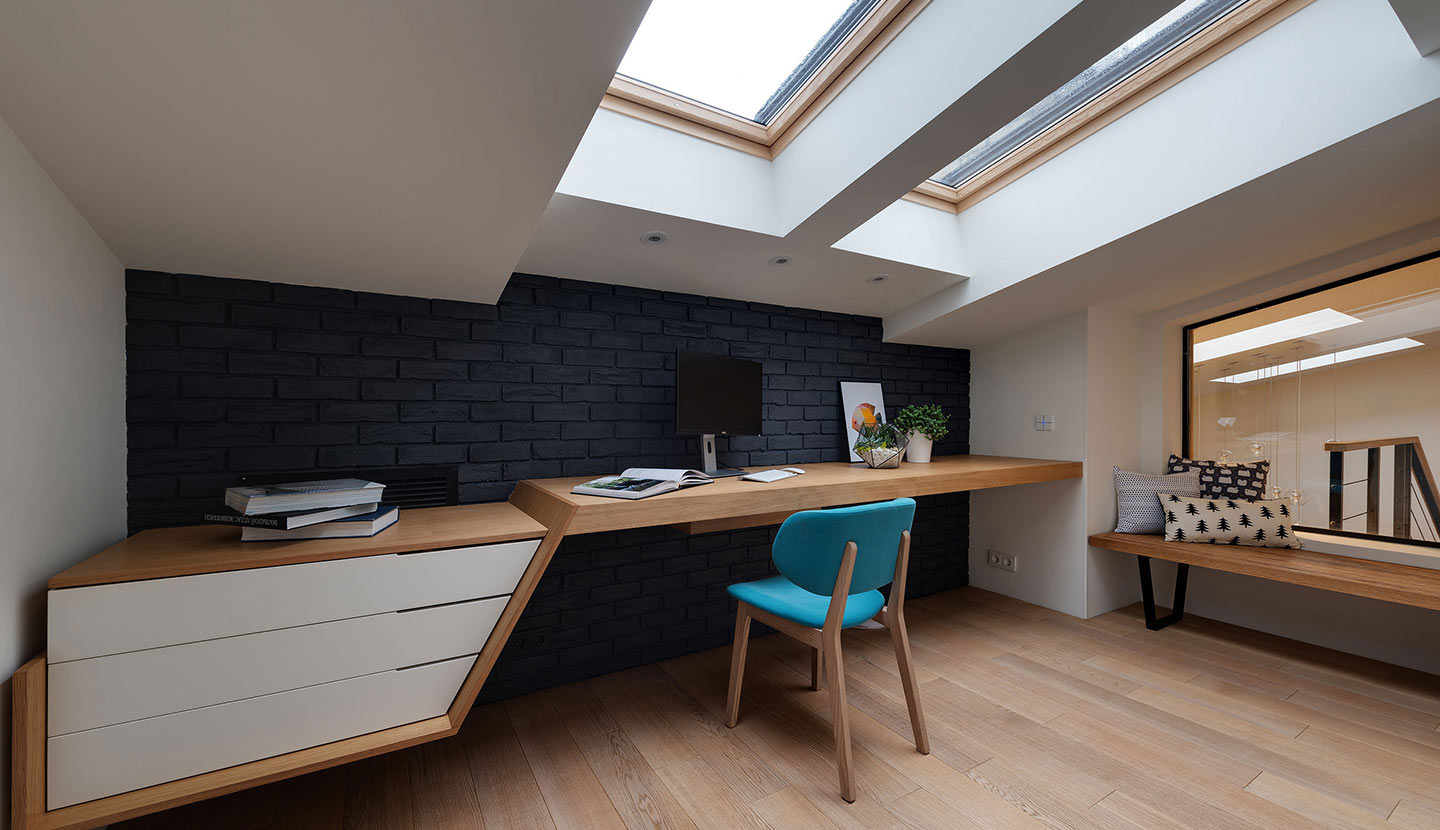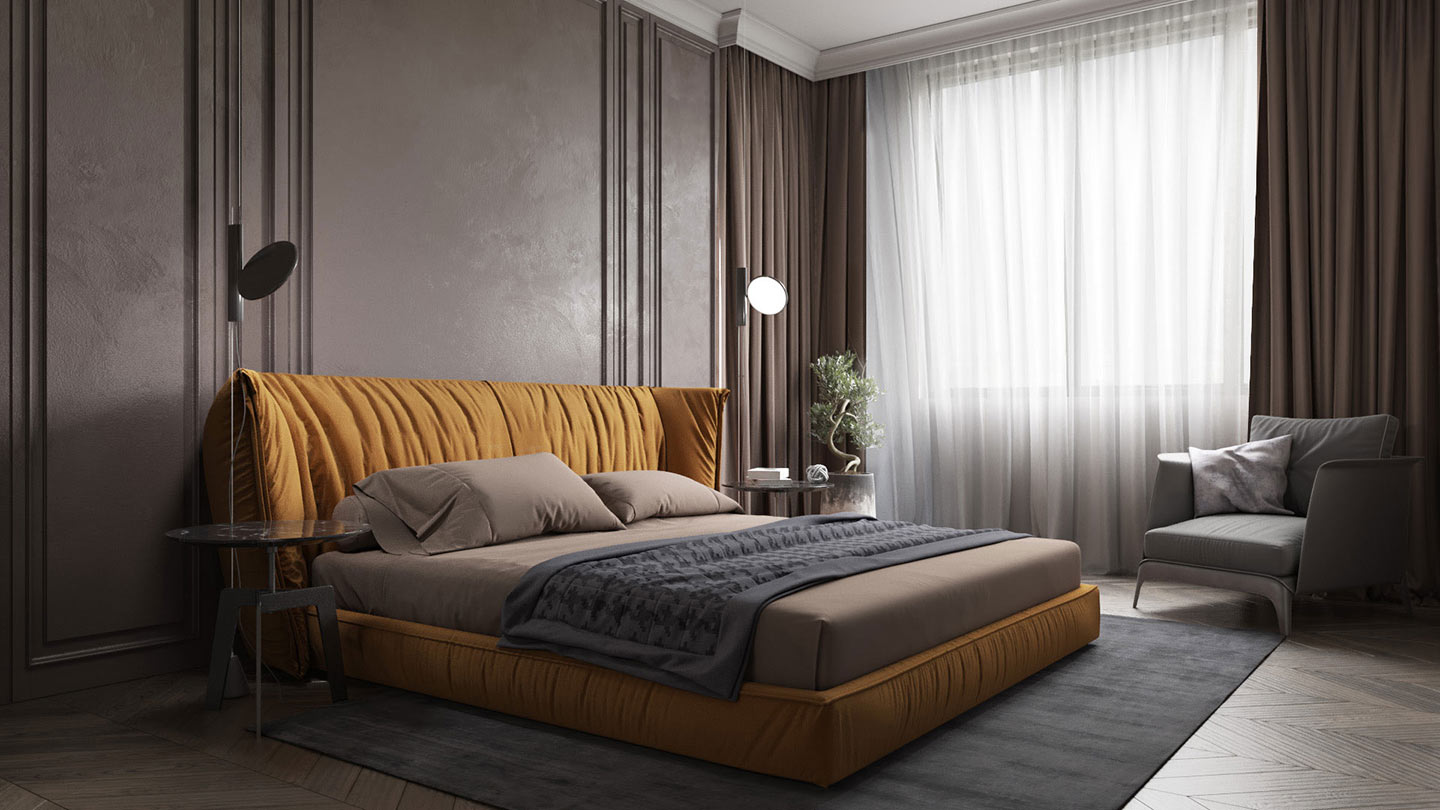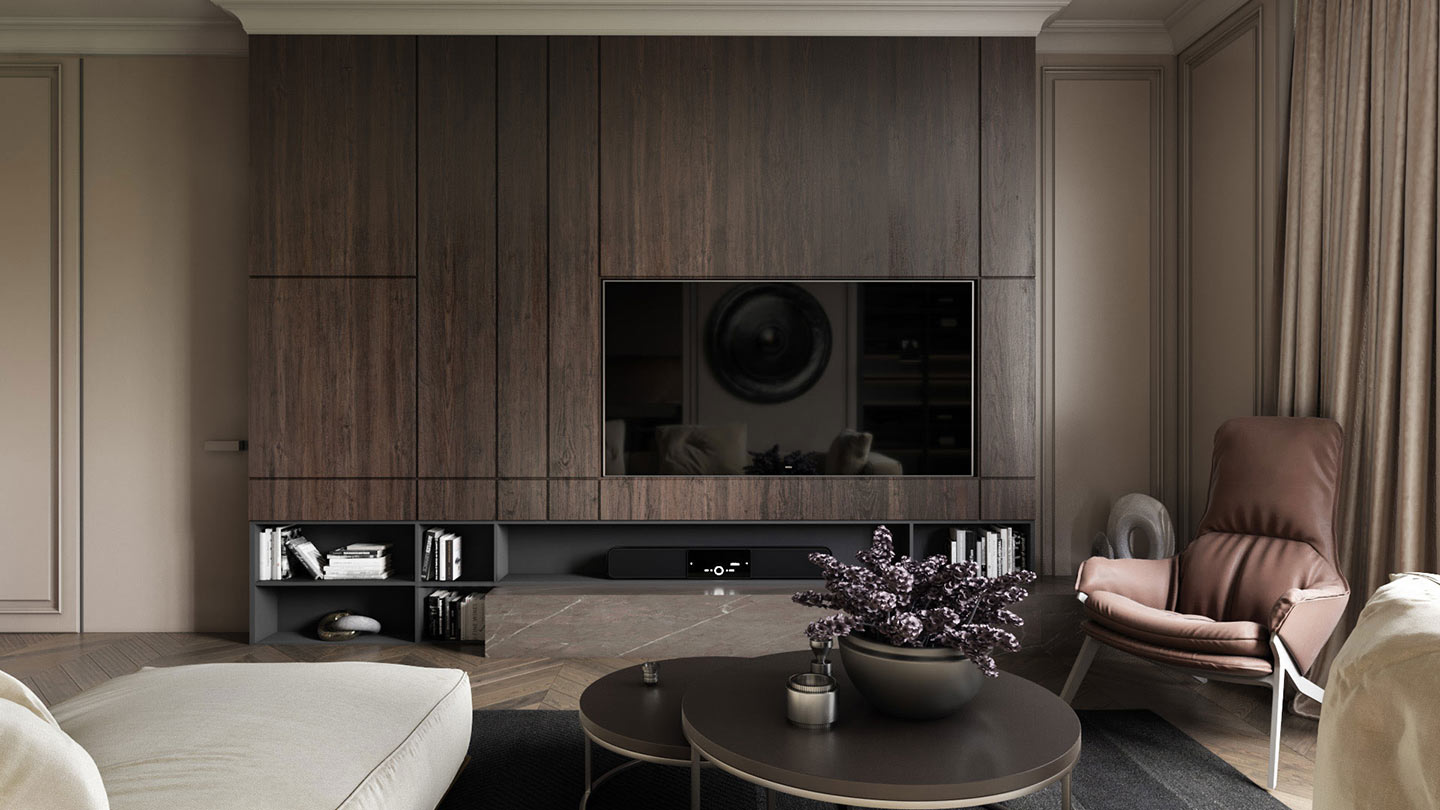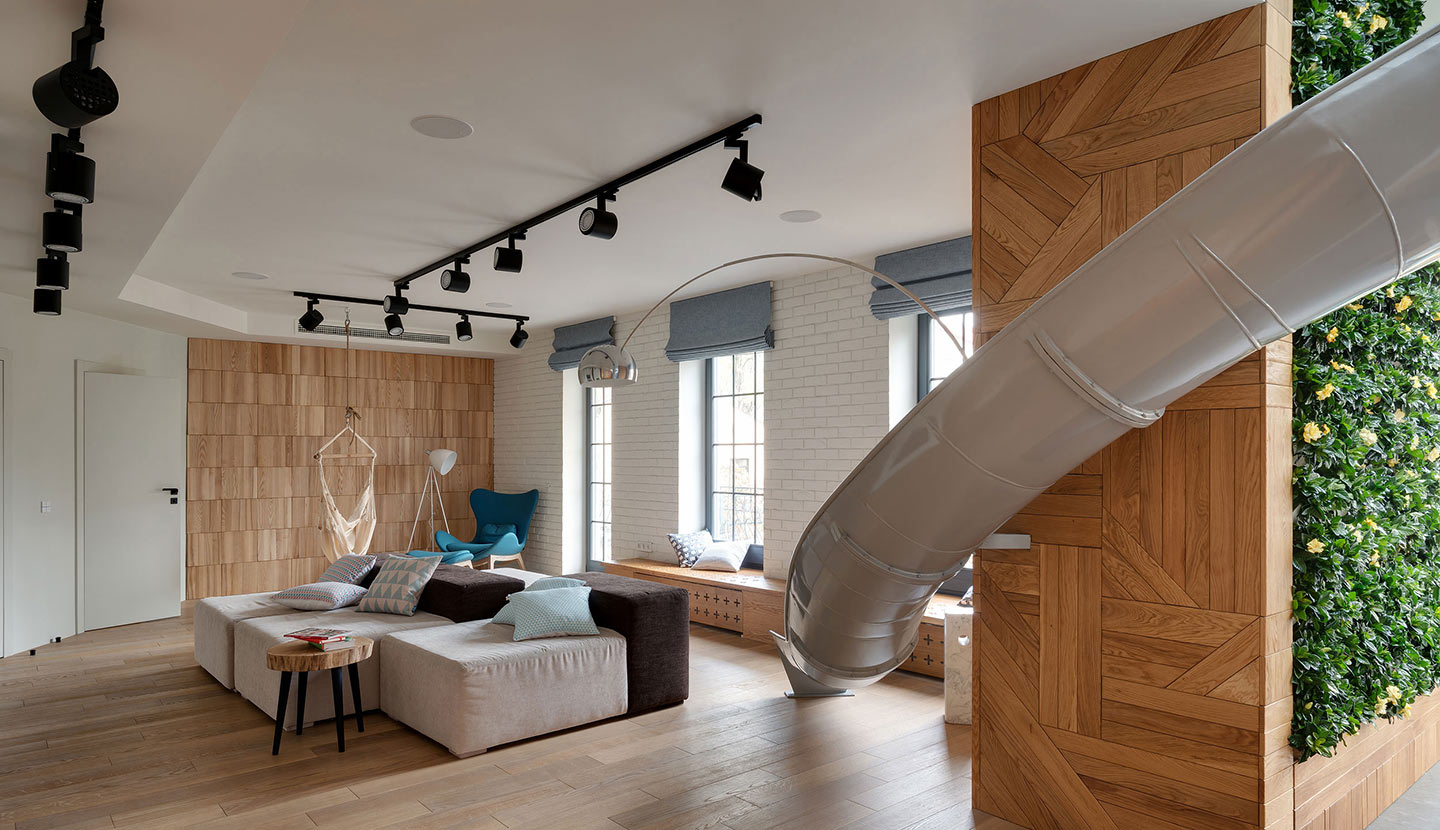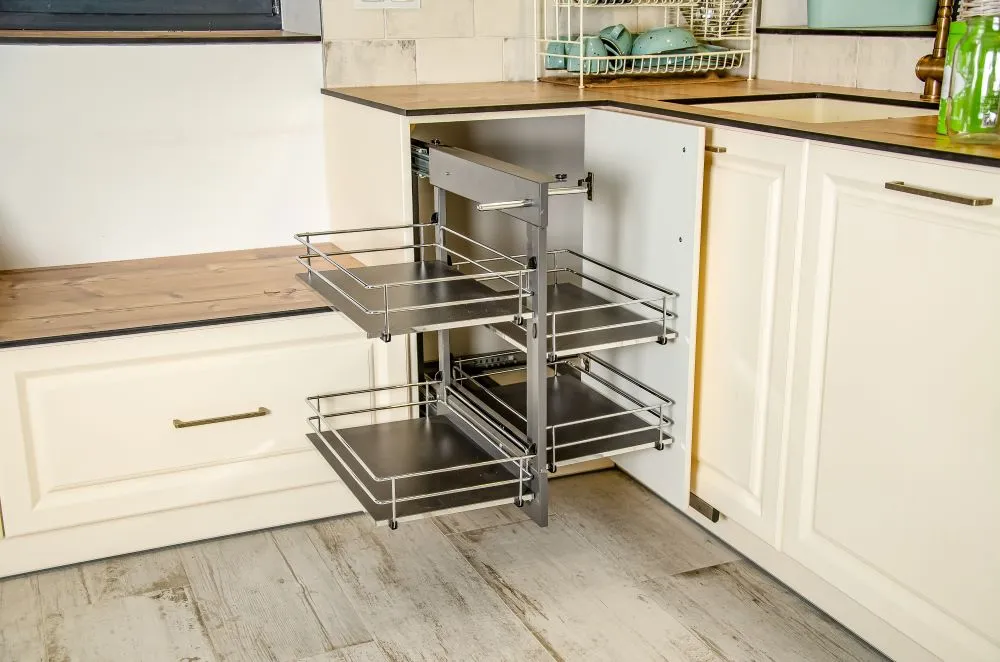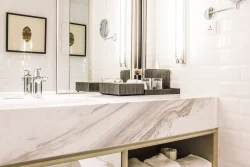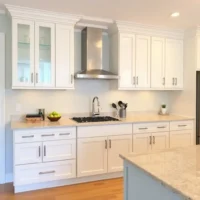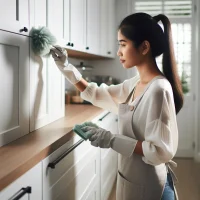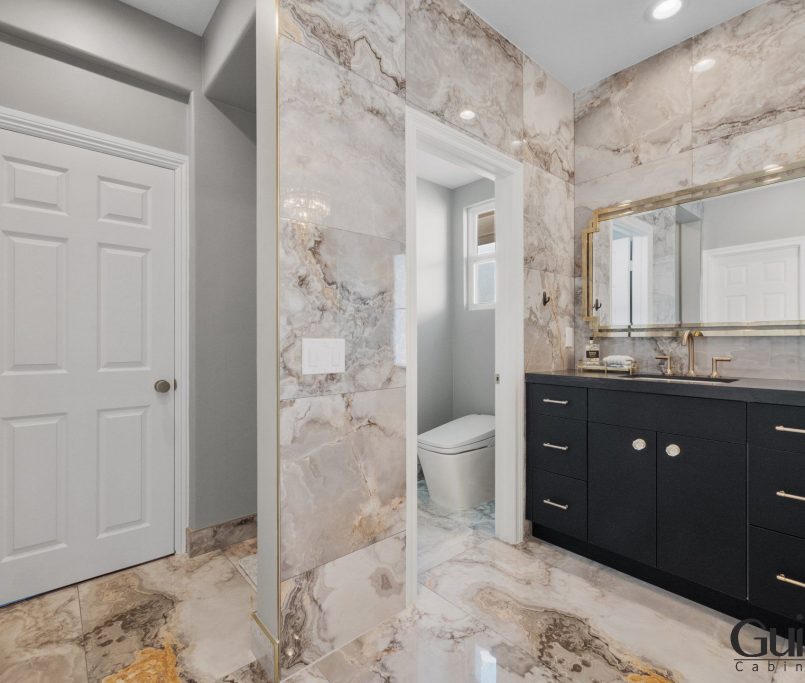Fill gaps between cabinet and wall? The unattractive space between the vanity and the rear wall is impossible to overlook, no matter how much you adore your spotless bathroom. Foundational shifts, loose wall studs, and measuring mistakes are common causes of this problem. In addition to being unsightly, this space poses the risk of objects falling or being stuck inside. Thankfully, there are alternatives to replacing the vanity, such as specific caulking procedures, that can fix this issue. What follows is information on how to seal the space between your wall and bathroom cabinet.
=> Read More: Kitchen Remodel Contractor In Southern California
Why Is There a Gap Between Cabinets and Walls?
- Uneven Walls and Floors: Houses settle over time, which can cause walls and floors to become uneven. This unevenness can result in gaps between the cabinets and walls.
- Poor Installation: If cabinets were not installed correctly, gaps can occur. This may be due to improper alignment or inadequate securing during the installation process.
- Natural Settling: Over time, buildings settle, which can cause cabinets to shift slightly and create gaps.
- Cabinet Design and Material: Cabinets made of wood or other materials can expand or contract with changes in humidity and temperature, leading to gaps.
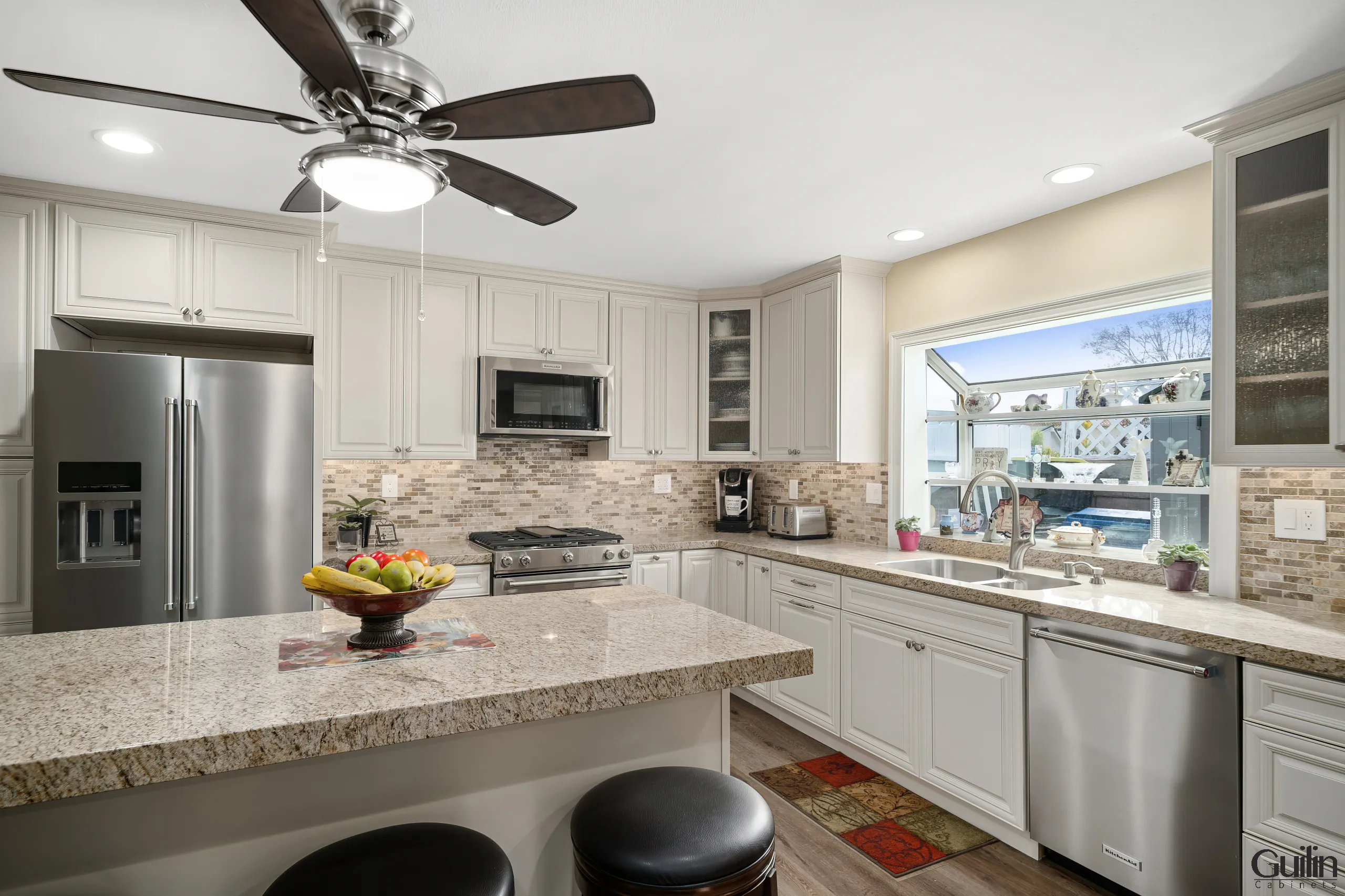
Why Need to Fill The Gaps Wall and Cabinet?
Filling the gap between the wall and cabinet helps prevent debris and pests from accumulating in the space, and it creates a finished and polished look in your kitchen or bathroom.
- Aesthetics: Closing the gap creates a seamless and finished appearance in your kitchen or bathroom. Gaps can be unsightly and make the space look incomplete. Filling it in with a matching material provides a polished and cohesive look to the overall design.
- Hygiene and Cleanliness: The gap between the wall and cabinet can collect dust, dirt, and other debris over time. Filling the gap helps prevent the accumulation of these materials, making it easier to clean and maintain a hygienic environment in your living spaces.
- Pest Control: Gaps can provide entry points for pests such as insects and rodents. By sealing the gap, you create a barrier that helps keep unwanted pests out of your cabinets and kitchen or bathroom spaces.
- Structural Integrity: Depending on the type of cabinet installation, filling the gap can also contribute to the structural integrity of the cabinets. It can help provide additional support and stability to the cabinets, especially if they are attached to the wall.
- Insulation: In some cases, filling the gap may contribute to better insulation. It can help prevent drafts and maintain a more consistent temperature in the cabinets and the surrounding areas.

8 Ways to Fill the Gap Between Cabinets And Walls
Caulking Techniques:
Having the necessary supplies on hand is a prerequisite to filling the gap. A caulking gun, some sandpaper to smooth off the surface after the gap is filled, and a tape measure to measure the gap correctly are the tools you’ll need. Also, you’ll need something to fill the space; this could be expanding foam, wood filler, or silicone caulk, all of which depend on the size and type of the gap. Making sure you have all of these materials on hand can make your bathroom cabinet project go more smoothly.
=> Read more: 8 Home Improvements That Will Increase the Sale Value of Your House
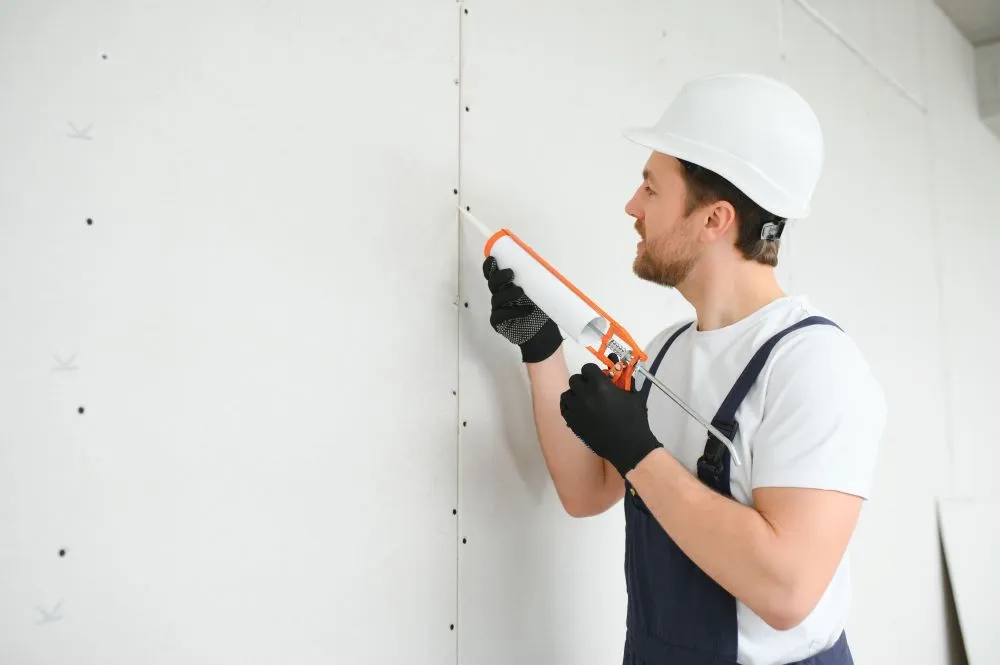
Think about the material of your cabinets, the size and placement of the gap, and other factors to choose the best filler material. When filling in smaller spaces and sealing wood or metal cabinetry, silicone caulk is a go-to. Wood filler is an excellent alternative when dealing with wooden cabinets because it can be sanded and painted to blend in with the existing finish. Expanding foam is a multipurpose option for bigger gaps; it can be cut and painted to match the cabinetry and walls perfectly. Carefully choosing the filler material will provide a flawless appearance and forestall any potential gap problems down the road.
- Assess the gap size and the colors of your cabinet and wall.
- For narrow gaps (approximately half an inch or less), consider caulking.
- Match the caulk color to your countertop or opt for a colorless caulk for a seamless finish.
- Protect the top edge of the cabinet with painter’s tape to ensure a clean application.
- Seal the gap with caulk, and for medium-sized gaps, use a backer rod for added support.
Expanding Foam Solution
The “Expanding Foam Solution” is a polyurethane-based sealant used to fill gaps and cracks, including those between cabinets and walls. It’s easy to apply, affordable, and quickly expands to provide an effective seal. The foam adheres to surfaces, dries fast, and is suitable for insulation and preventing drafts. Users should be cautious about overapplication and clean up excess foam before it cures. It’s a versatile, cost-effective option for various sealing needs.
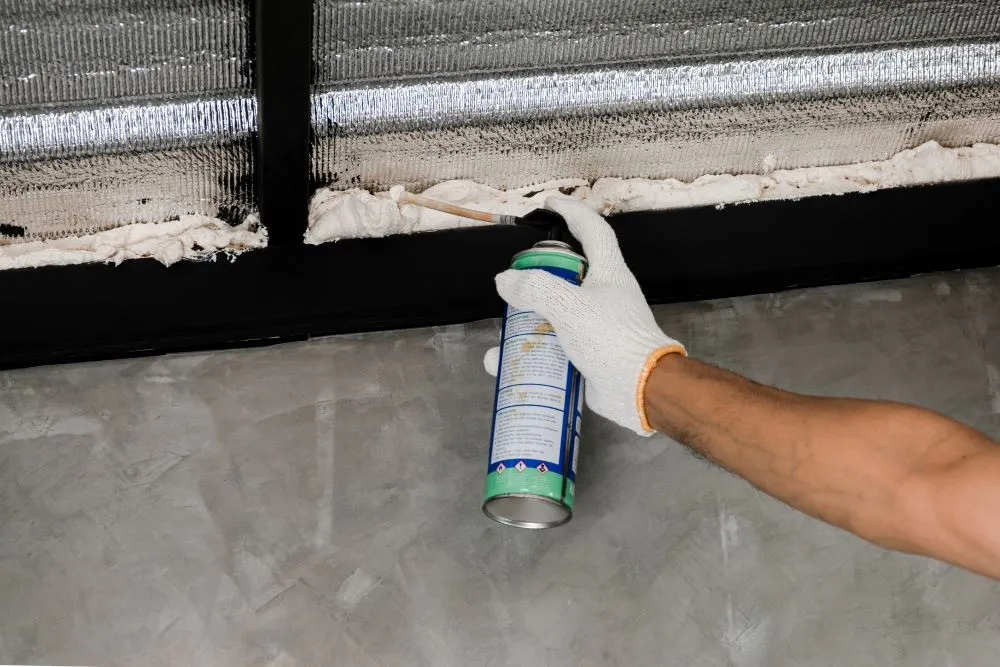
The Wood or Trim Solution
The Wood or Trim Solution is a quick and easy method to fill gaps between cabinets and walls. It involves using wood or trim pieces cut to size, fitting them into the gaps, and securing them in place with nails or screws. The process is cost-effective, versatile, and can be completed in a short time. Pay attention to aesthetics and ensure the material matches the cabinets for a seamless finish. Here are the steps to follow:
- Use a tape measure to determine the width of the gap.
- Mark the measured width on the wall using a pencil.
- Cut a piece of wood or trim to match the width and length of the gap.
- Securely attach the wood piece to the wall using screws or nails

The Simple Screw Fix
This simple fix does the trick for sealing up the space between the wall and the kitchen cabinet. During cabinet installation, loose or stripped screws are a common cause of the gap. Here are the steps to fix the issue:
- Find each screw hole in close proximity to the opening.
- See if you can find a solution to seal the opening in the cabinet other than screwing it shut.
- In that case, tighten every available screw with a screwdriver.
- If any screws are stripped, replace them with new ones and make sure to cover the old one
- When the screws are tightened correctly, the gap will be filled and the cabinet will be stable and secure…

Thick Backsplash:
You might not be aware of this, but a backsplash can actually assist close a wider gap. By using a thick backsplash, you may conceal the space and create the illusion of a vanity that is flush with the wall. The best part is that backsplashes may be made from a wide range of materials, including wood and glass. The two most common materials that can withstand water are plastic and glass.
=> Read more: Full Backsplash or Standard Backsplash: The Options for Kitchen
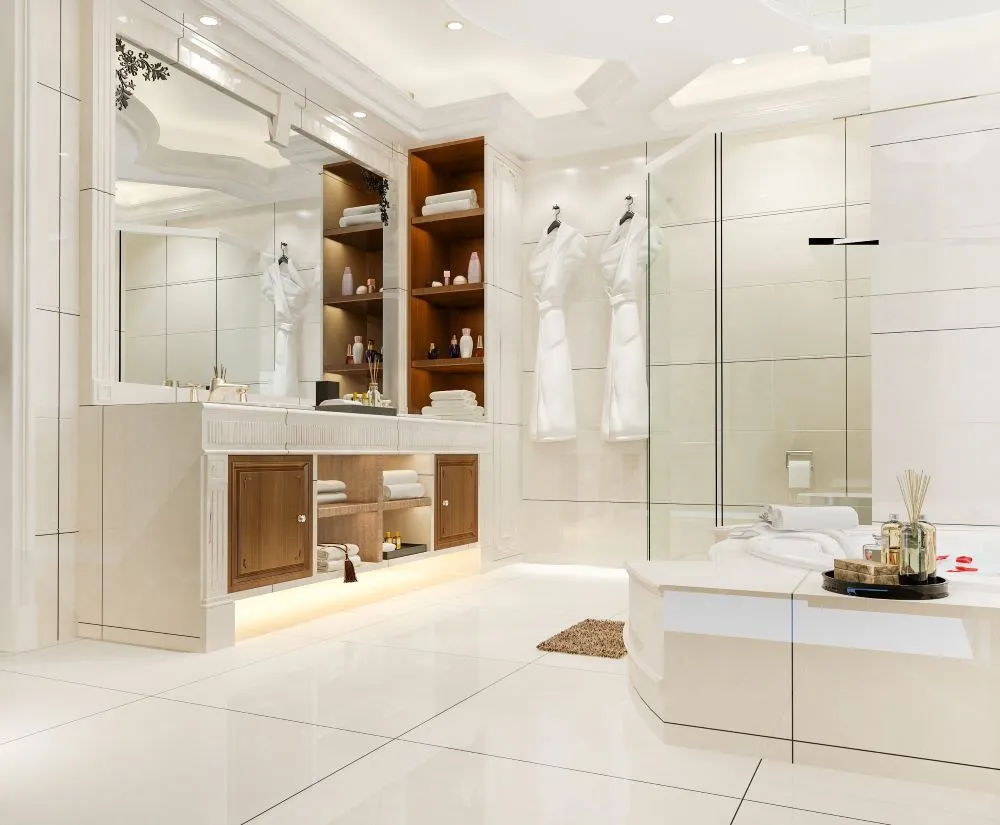
- A thick backsplash can effectively camouflage a larger gap.
- Choose backsplash materials such as glass or wood.
- Plastic and glass backsplashes are ideal for water resistance.
Bathroom Sealant Tape:
Seeking a simple solution? When there is a tiny space between a cabinet and the back wall, another excellent solution is to use bathroom sealant tape. In addition, the waterproof nature of bathroom sealant tape should ensure its longevity. To ensure proper adhesion, dry surfaces should be thoroughly cleaned before using the tape. To make sure the tape stays down, press down hard after applying it. If you do this, the glue will stick. Wait until the glue is dry before you use the sink in the bathroom.
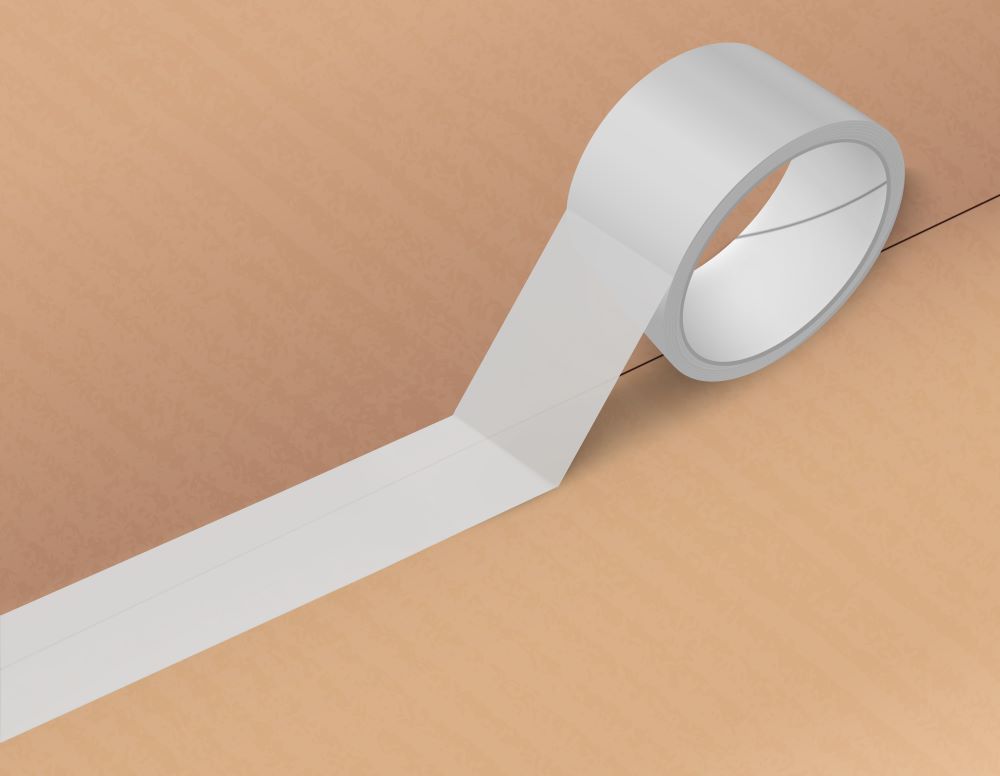
- An easy and quick fix is bathroom sealant tape.
- Ensure surfaces are clean before applying the tape to prevent moisture issues.
- Press the tape firmly into place and allow the glue to dry before using the bathroom sink.
Shelving or Side Cabinet:
The space between the bathroom vanity and the side wall can be filled with shelves or a side cabinet. Your bathroom’s square footage is an important consideration while making this decision. A custom side cabinet would be more expensive than custom shelves. On the other hand, a more minimalist look is possible with the cabinet option. In any case, you’ll have more room to store things.
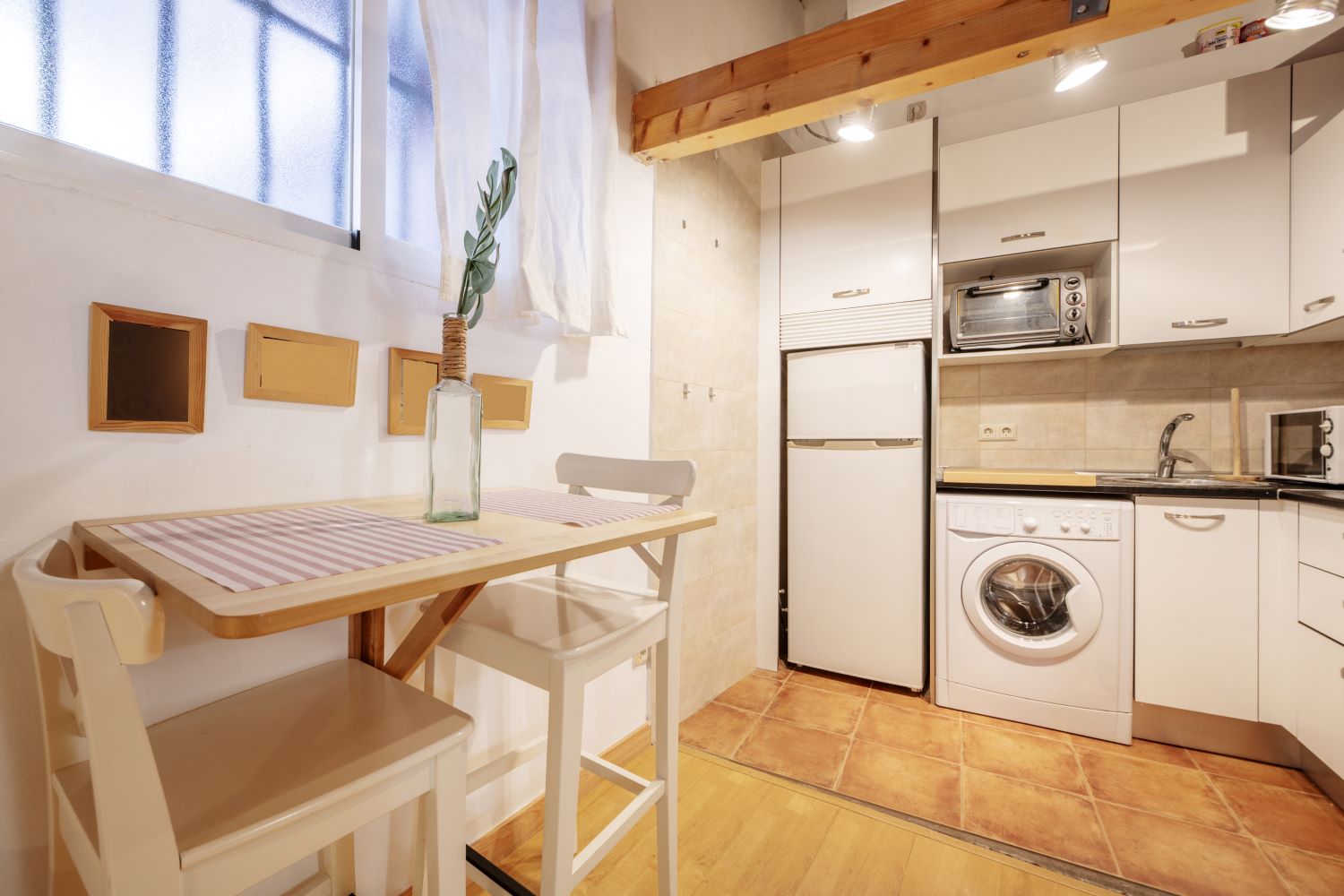
- If the gap is between the bathroom vanity and the side wall, consider installing shelving or a side cabinet.
- Custom shelving is a cost-effective option, while a side cabinet offers a streamlined appearance and extra storage space.
Trashcan Solution:
Using a trash can is another fantastic solution for a wide space between the vanity and the side wall. The opening makes for an ideal niche and an eye-catching presentation for the container.
Careful preparation and installation can keep vanity gaps to a minimum. Whether you’re looking for a single or double vanity, or something more contemporary, Modern Bathroom has you covered. Finding the perfect one to complement your room is within your reach. Bathroom fixtures such as sinks, faucets, toilets, and more are available from our store.
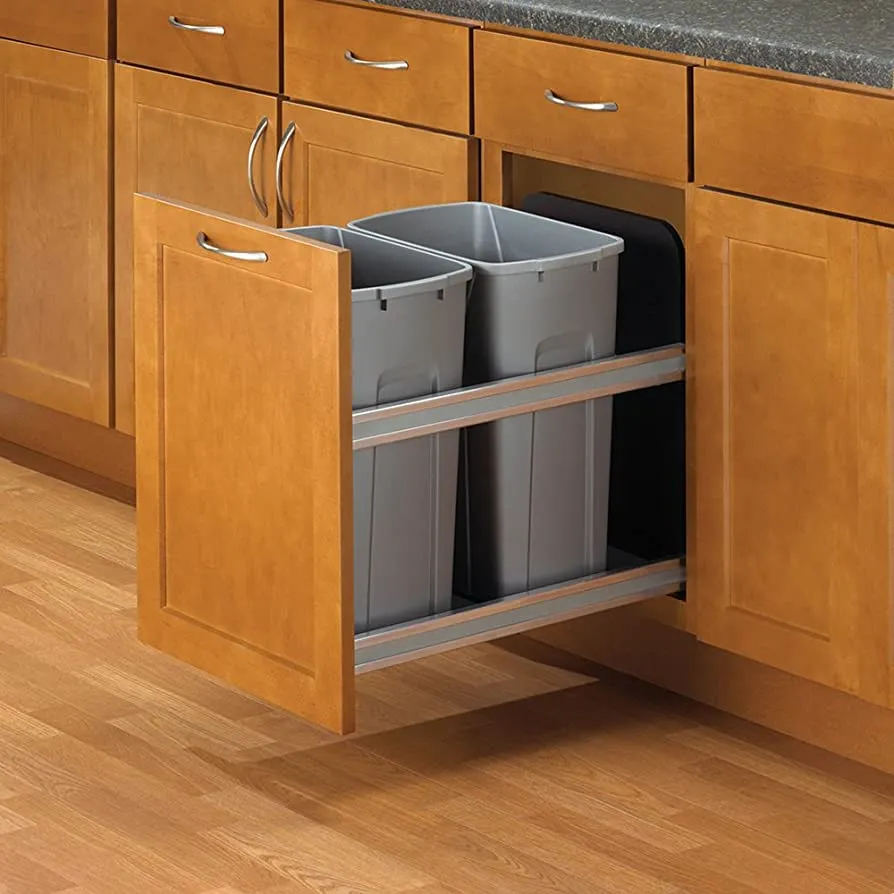
- For larger gaps, use a trashcan to creatively cover the space.
- This not only conceals the gap but also provides a unique way to display the bin.
Custom Solutions for Irregular Gaps
For irregular gaps that do not fit the standard solutions, you may need to explore custom options. This could involve creating a custom filler piece, adjusting the cabinet placement, or customizing the wall to achieve a better fit. Custom solutions may require professional assistance, so it’s essential to consult with a skilled craftsman or contractor to ensure the gap is filled properly and aesthetically.
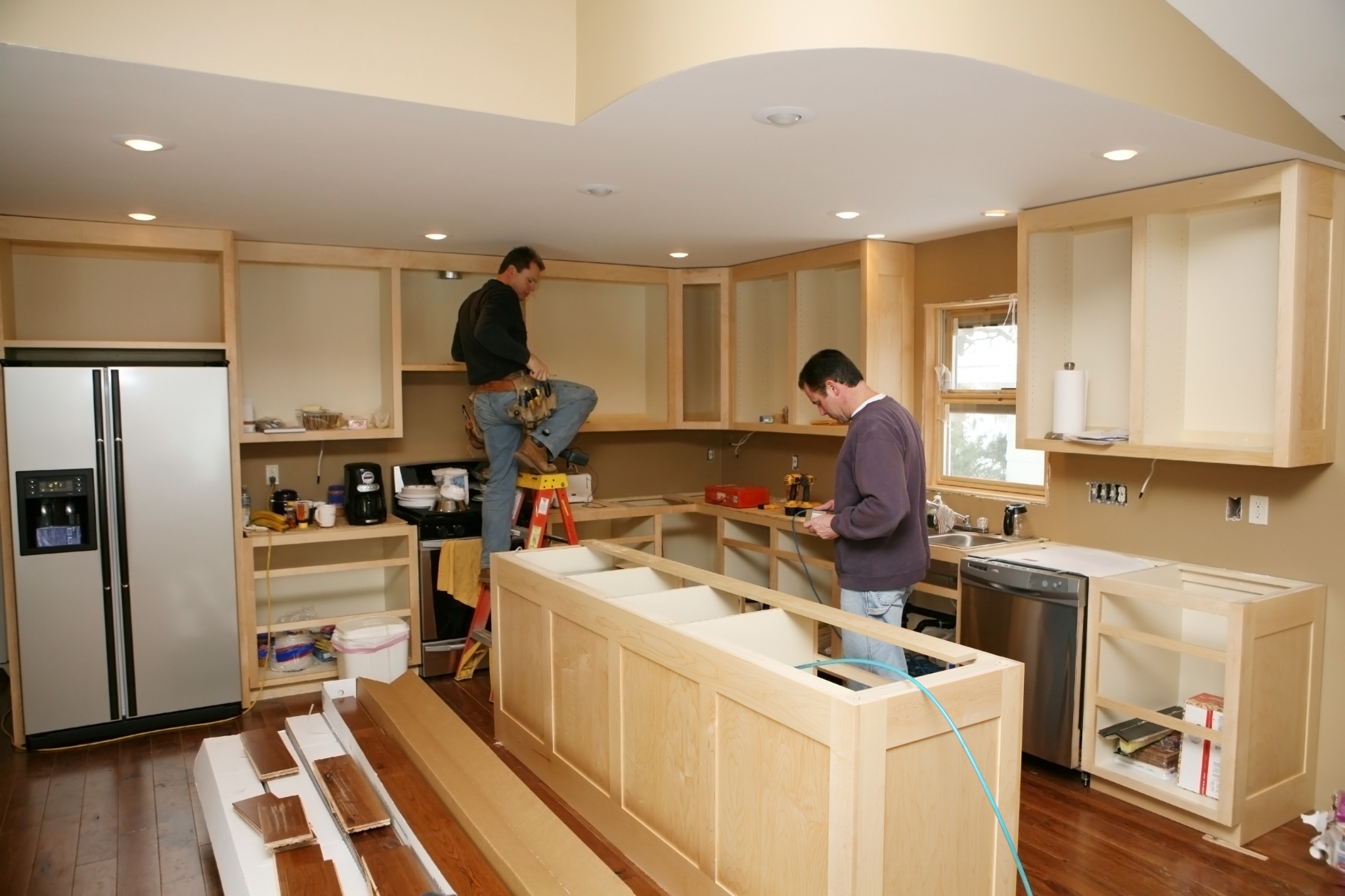
Tips for Gap Prevention in Future Installations
One important tip to prevent gaps from forming between cabinets and walls in future installations is to measure and plan carefully before beginning the installation process. Ensure that the cabinets are properly aligned and secured to the wall. Additionally, consider using filler strips or scribe moldings to cover any potential gaps between the cabinets and the wall.
- Properly seal all edges and joints to prevent any air or moisture from seeping through.
- Regularly inspect and maintain the cabinets to prevent any shifting or movement over time.
Though gaps may occur over time due to normal wear and tear, following these preventive measures can help minimize their occurrence and ensure a long-lasting solution for your space.
Contact With a Pro Contractor
The perfect kitchen is a harmonious blend of functionality and aesthetics. However, even with meticulous planning, the space between cabinets and walls can present a challenge. Gaps can occur due to various reasons such as uneven walls, settling structures, or simply errors in measurements during the installation process. Fortunately, resolving this issue doesn’t always require a complete kitchen overhaul. In many cases, a professional contractor can efficiently address the problem, ensuring your kitchen not only looks flawless but also functions seamlessly.
If you’re thinking about fixing the gap between cabinet and wall in California but aren’t sure, And you need help right away. Please! Contact Guilin Cabinets Today for assistance!
- Hotline: +1 949 299 2370
- Email: info@guilincabinets.com

Guilin Cabinets is a home remodeling company and cabinet producer based In Irvine, California. Remodeling bathrooms, kitchens, closets, and custom cabinets are our areas of expertise. You can create the spaces of your dreams while staying within your budget with the assistance of our skilled designers.
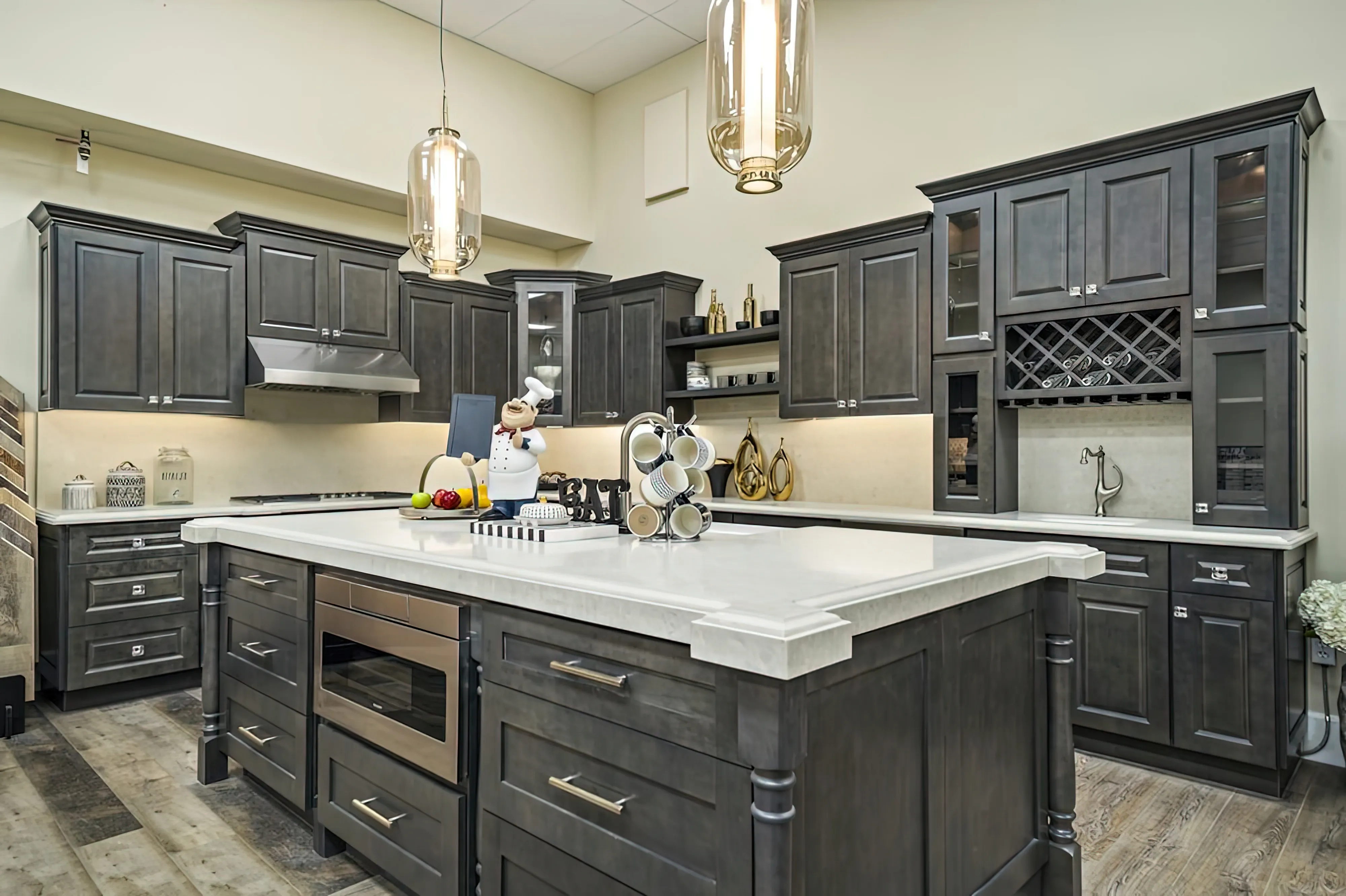
FAQs About Space, Fill Gap Between Cabinets And Walls
In Short, Why is there a gap between cabinets and walls?

The gap between cabinets and walls is often due to uneven walls or floors, poor installation, or natural settling of the house over time.
What tools do I need to fill the gap between cabinets and walls?
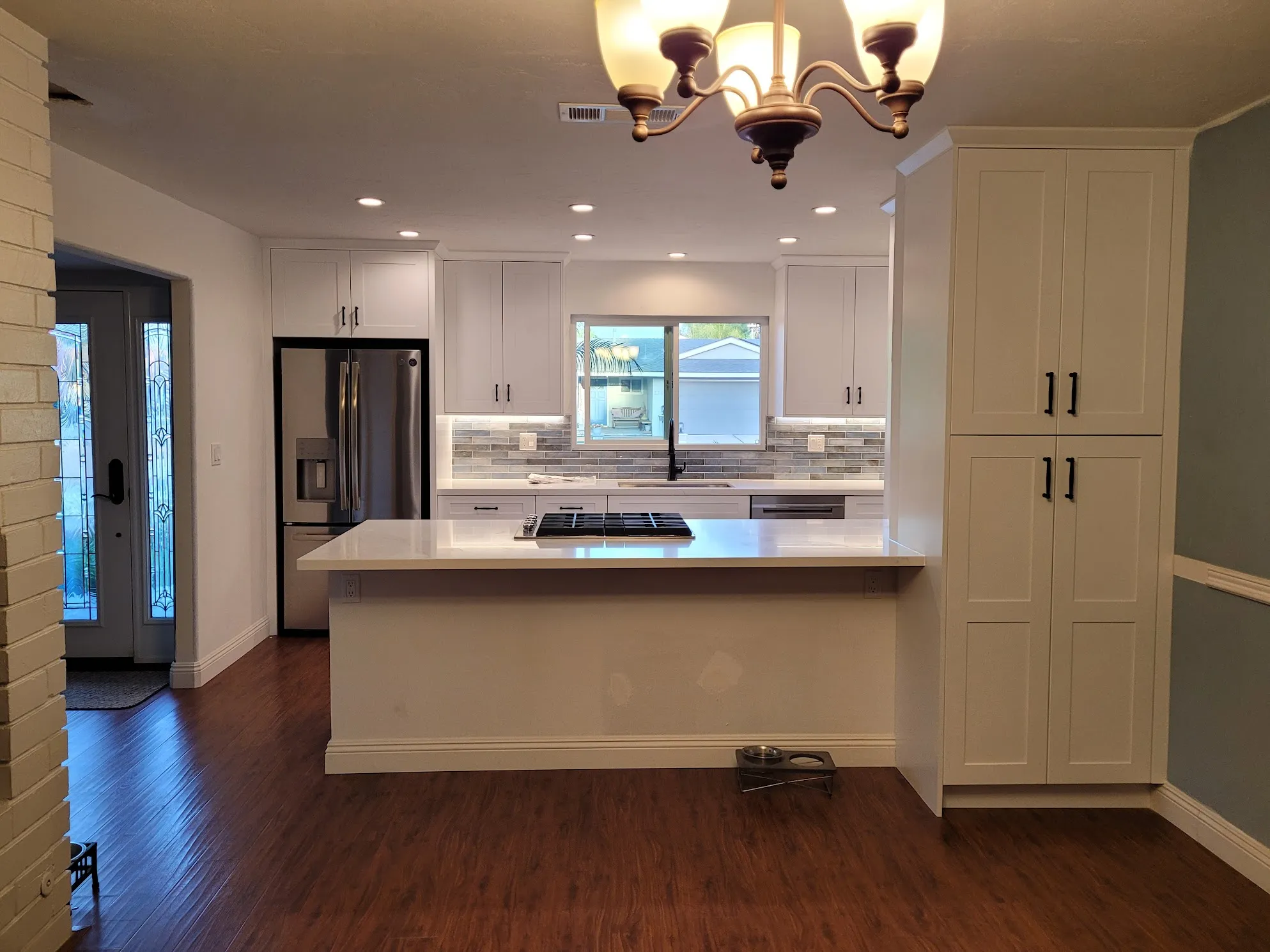
To fill the gap between cabinets and walls, you will need a measuring tape, wood shims, a level, a pencil, a saw, construction adhesive, and paint or caulk to finish.
How do I measure the gap between cabinets and walls accurately?
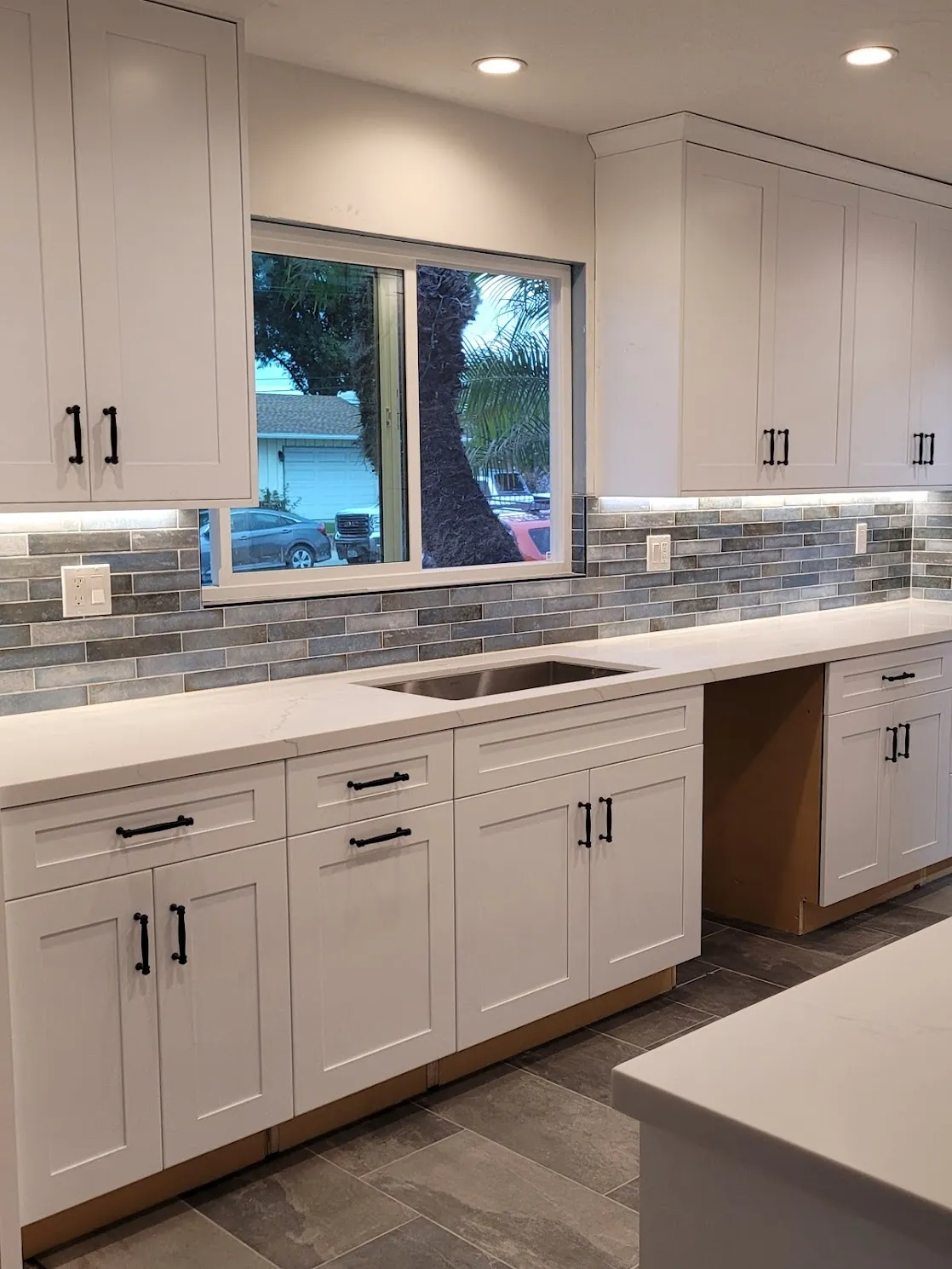
Use a measuring tape to measure the gap at the top, middle, and bottom of the cabinet and wall to ensure accuracy.
Can I use wood shims to fill the gap between cabinets and walls?
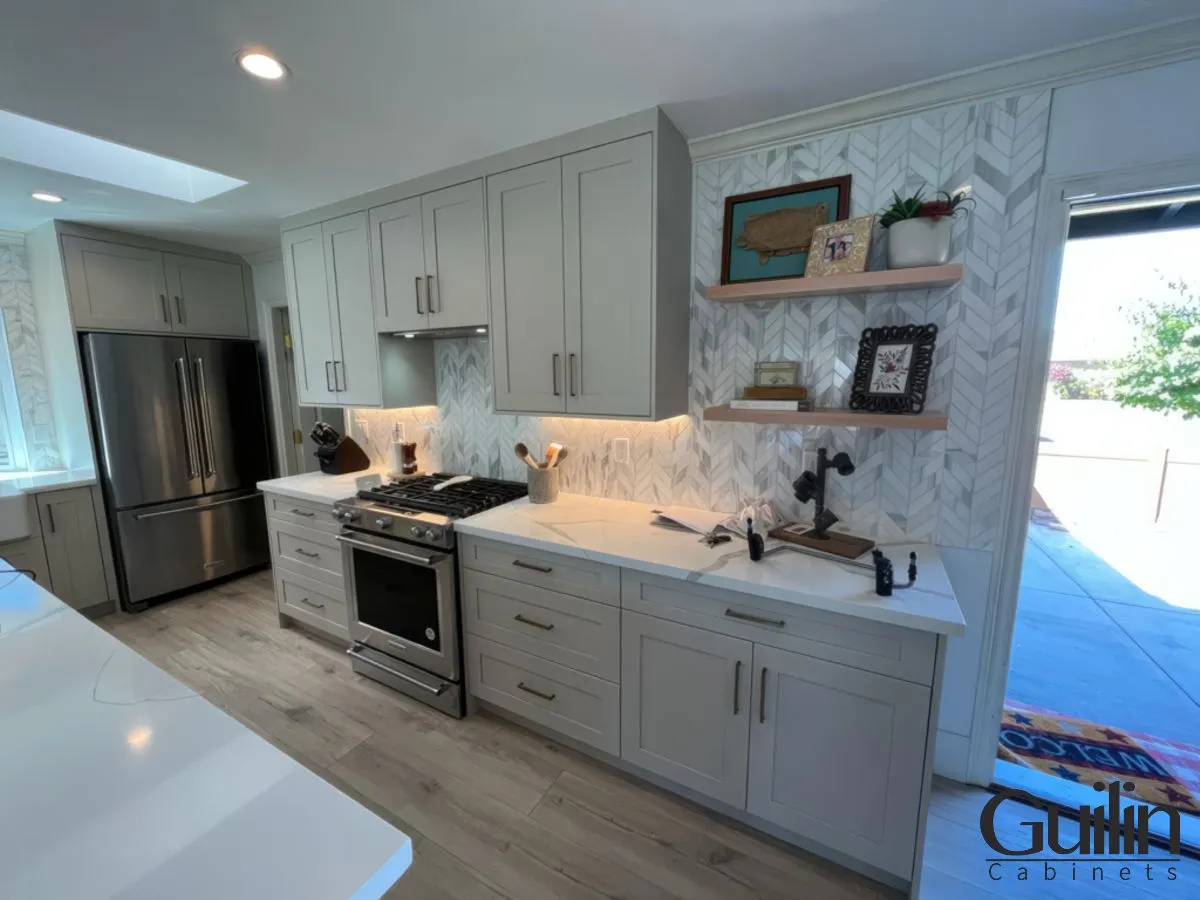
Yes, wood shims are an excellent choice for filling gaps as they can be easily trimmed to fit and provide sturdy support.
How do I attach wood shims to fill the gap between cabinets and walls?
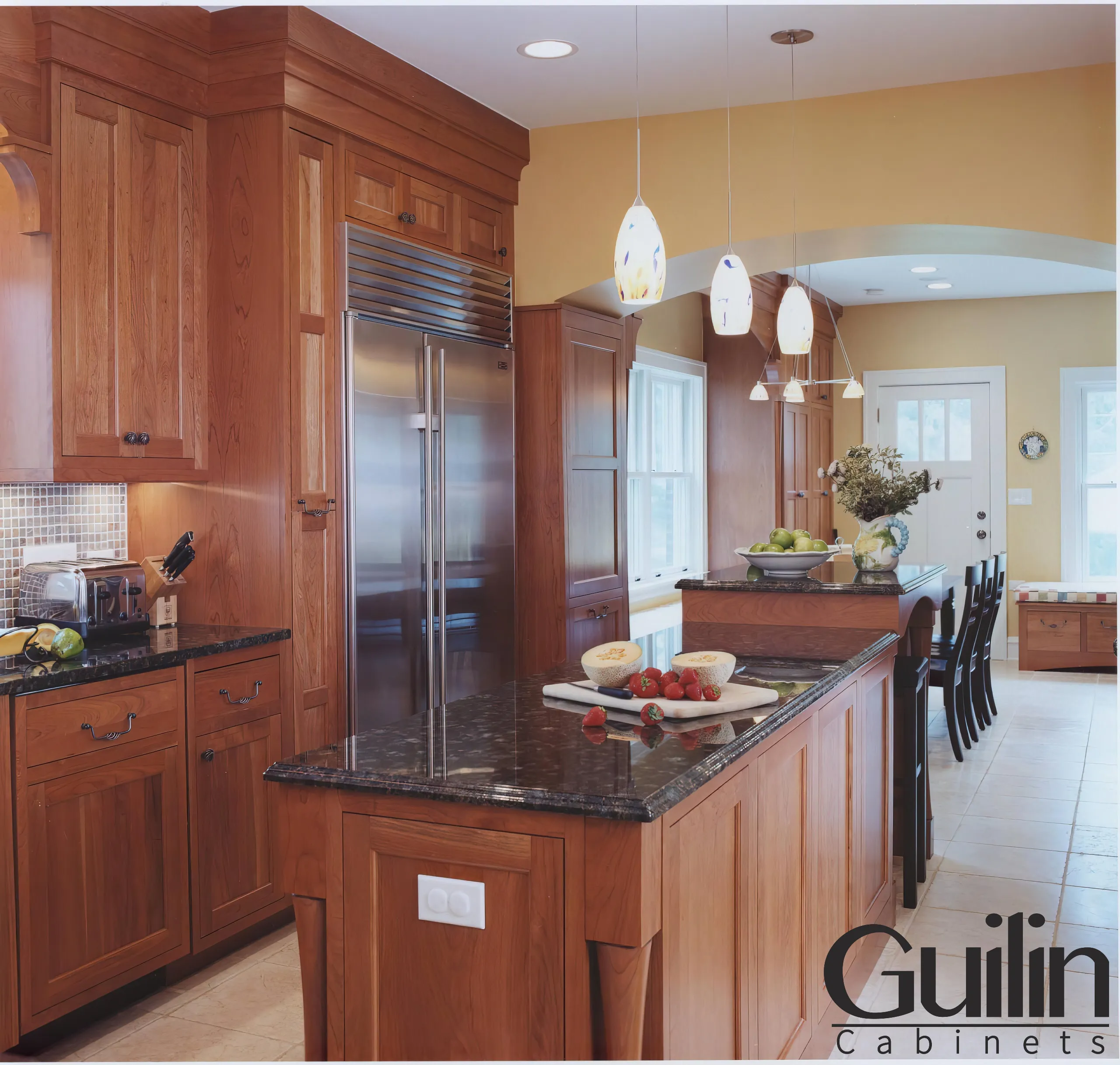
Apply construction adhesive to the back of the wood shim and press it into the gap, ensuring it is level and flush with the cabinets and walls.
Should I paint or caulk the filled gap between cabinets and walls?
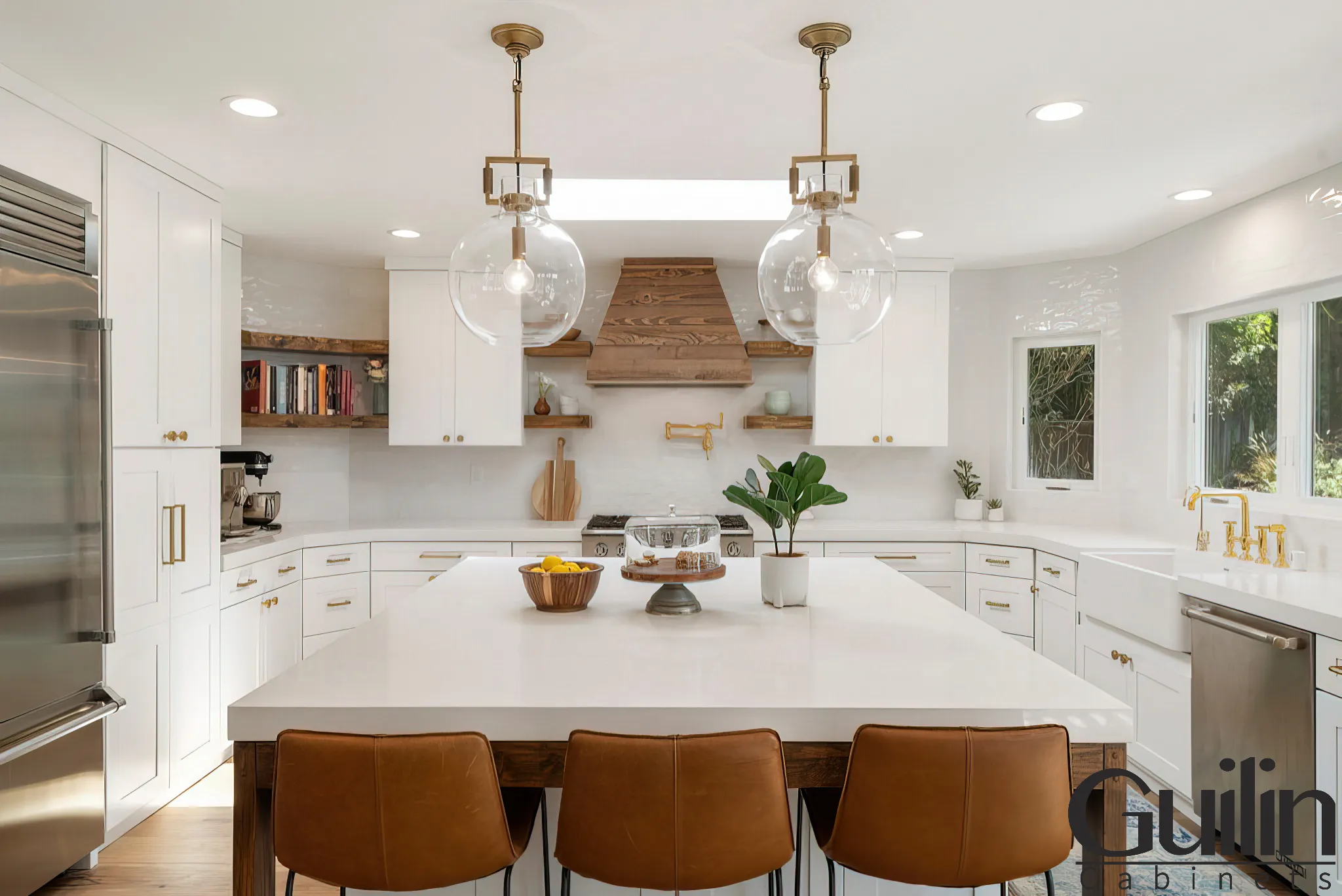
Remember to check for levelness as you fill the gap, make small adjustments as needed, and take your time to ensure a professional finish


